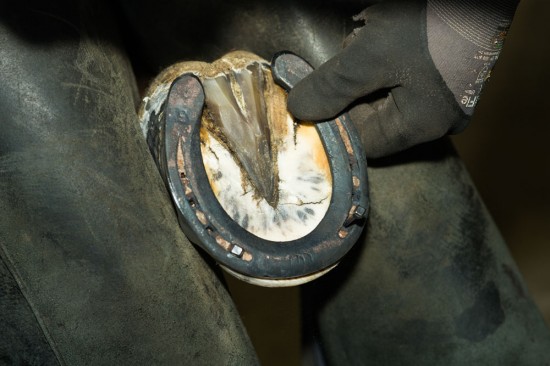An important cause of pruritus in veterinary dermatology
Dietary intolerance
5-10% of pruritic dogs may have a food component to their problem
The terms are quite interesting, because we have food hypersensitivity and food intolerance. They are slightly different in the way that they work. When we put these dogs onto a hypoallergenic or novel protein diet, they get better. When you put them back onto their old diet, they deteriorate and begin to itch. You know then that there is an element of a food problem in this. And of course the dog could also be atopic and have a flea allergy. So if you’re only looking at one thing, there is a possibility of missing other diagnoses. So every dog I see that’s an itchy dog virtually gets a food trial. And cats, unless they literally won’t eat it, or the client would find it too difficult because they’ve got young children or other dogs and they’re not willing to do the food trial.
I have a lot of people who come to me who have been referred by their vet. And their vet, with a good heart, has said this dog is on a food trial. One of the questions that I ask is, okay, what else are you giving? And it’s amazing how many times people will say, Well, he’s still getting his chew sticks, and he’s getting a bit of toast in the morning, and a drink of milk. That food trial that the vet had in good faith instigated isn’t actually being implemented. The other thing that can happen is, people do a food trial but don’t treat the pyoderma. The dog has a pyoderma. If you don’t treat the pyoderma and the food allergy together, this dog probably won’t improve. So you need to look at both things. And then other differential diagnoses – dogs can develop dermatophytosis, often trichophyton.. That can be itchy sometimes. It isn’t always but it can be. You need to make you diagnosis and put them onto the relevant treatment for veterinary dermatology.
Food trials should be given for a minimum of 4-8 weeks, sometimes longer in the cat. There are 3 options when feeding an exclusion diet
- Home prepared diet of unusual protein and carbohydrate source
- Commercial diet with an unusual protein and carbohydrate
- Hydrolysate diet
Hydrolysate diets are made up of small sized proteins that have been chemically denatured to ensure that the pet cannot be allergic to them. No diet is truly hypoallergenic but these diets have a much reduced risk of causing allergy.

 A Brief Information on Characteristics and Features of Great Dane Dog
A Brief Information on Characteristics and Features of Gre
A Brief Information on Characteristics and Features of Great Dane Dog
A Brief Information on Characteristics and Features of Gre
 Taking Your Cat Abroad? Are They Protected Against Heartworm Disease?
Taking Your Cat A
Taking Your Cat Abroad? Are They Protected Against Heartworm Disease?
Taking Your Cat A
 Extraordinary Cat Breeds With Bobbed Tails
Extraordinary Cat
Extraordinary Cat Breeds With Bobbed Tails
Extraordinary Cat
 Why Is My Horse Drooling So Much?
Why Is My Horse D
Why Is My Horse Drooling So Much?
Why Is My Horse D
 Having Your Horse Shod
Having Your Horse
Having Your Horse Shod
Having Your Horse